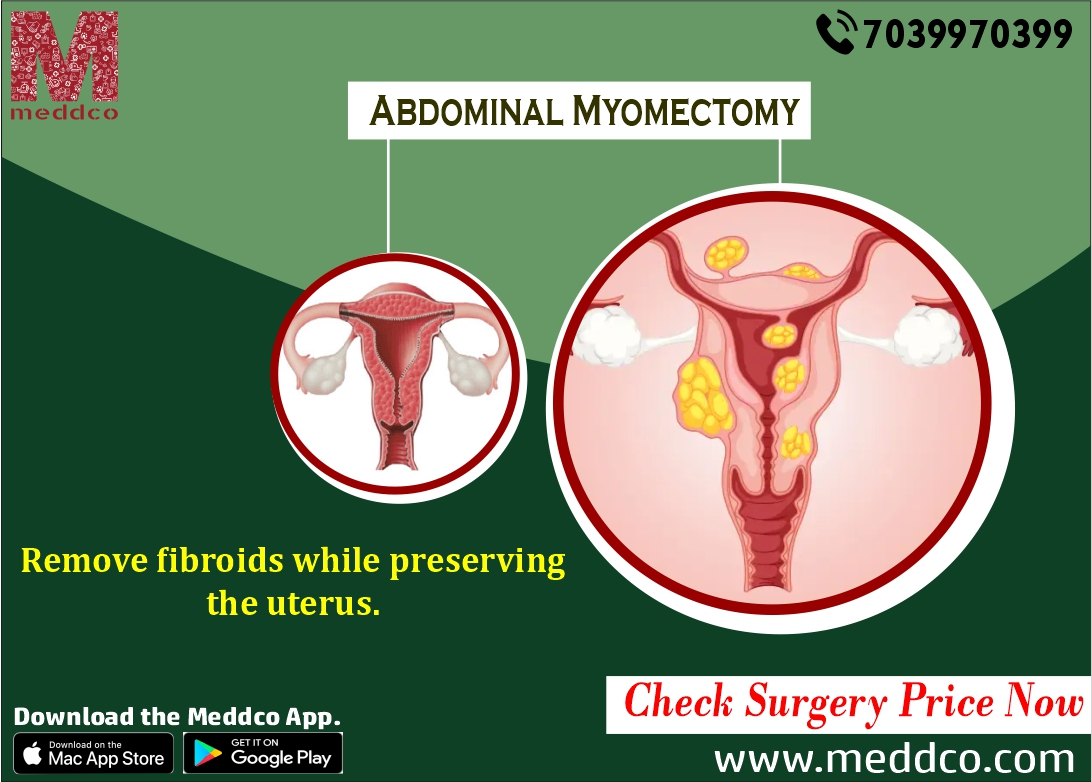

: Admin : 2022-07-06
A myomectomy is a surgical procedure used to remove benign tumors known as fibroids from the muscular wall of the uterus. Fibroids also cause pain and heavy menstrual bleeding. They can even make it difficult for you to become pregnant. They can degenerate or become infectious, in which case your doctor may decide to remove them surgically. If you are past childbearing age, a hysterectomy might be recommended.
Uterine fibroids
Fibroids are classified according to their location, which includes:
Medical issues to consider
Before surgery, your doctor may order an ultrasound scan to try to locate the fibroids. Some blood tests can be ordered to determine if you are anemic (symptoms can include excessive tiredness, breathlessness on exertion, pale skin, and poor resistance to infection). A urine test will reveal whether or not you have a urinary tract infection. Before your procedure, the anesthetist will examine you to determine if you are a candidate for general anesthesia. (If you are not appropriate, the procedure can be done under spinal or epidural anesthesia.) A pre-medication injection is normally administered before a general anesthetic to dry up your internal secretions and make you feel drowsy. Before surgery, some surgeons can recommend that you have an enema and a portion of your pubic hair shaved.
Operation procedure
In most cases, the surgeon will conduct a dilatation and curettage (D&C) to inspect the inner surface of the uterus for abnormalities. The type of myomectomy performed is determined by the type, size, number, and position of the fibroids, but may include the following:
Abdominal myomectomy - the uterus is reached by a single broad incision in the abdomen. Typically, a horizontal incision is made just below the bikini line; but, in some situations, the incision may need to be made vertically in the midline of the abdomen. The uterus is excised, often using a laser (which closes off blood vessels and reduces bleeding). The fibroids are then removed, and sutures are used to close the uterus, abdominal wall, and skin. For numerous or deeply embedded fibroids, this form of myomectomy is favored. The disadvantage of abdominal myomectomy is that it needs more time to heal.
Laparoscopic ('keyhole') myomectomy - Subserosal fibroids are often extracted via laparoscopic ('keyhole') myomectomy. The surgeon makes several small incisions to give various instruments access to the uterus. The laparoscope, which includes fiber-optic camera heads or surgical heads, is one of these devices (or both). The fibroids are extracted, and the small wounds are sutured (sewn) shut. The patient's recovery time is relatively short.
Hysteroscopic myomectomy - the fibroids are removed through the dilated cervix, eliminating the need for abdominal incisions. The device is known as a resectoscope, and it is a hysteroscopy with a wire loop attached to it. The instrument is inserted through the cervix, and the wire loop is wrapped around the fibroid. Electrical energy is passed into the loop, causing the fibroid to be cut loose. The fibroid can then be removed vaginally.
Immediately after the procedure
Following the process, you may expect:
Following surgery, you can be hospitalized for five to seven days.
Consult your doctor right away if you have severe vaginal bleeding or signs of infection at your wound site (such as redness, increased discomfort, swelling, or an increased or aggressive discharge from your wound).
Long-term Options
Following myomectomy, you will retain your uterus and other reproductive organs. When cured, your sexual activity should be unaffected, and you should be able to conceive. You will need an elective cesarean section at 38 weeks to safely give birth, depending on the depth of the scar in your uterus. If you are considering myomectomy as a treatment for heavy menstrual bleeding, you should be aware that the procedure is only effective in around 20% of cases - your heavy menstrual flow could be caused by causes other than fibroids. Consult your doctor for more detail and advice.
Other forms of treatment
Other fibroids treatments that could be considered include:
Visit Meddco.com for further details
abdominal myomectomy tumor fibroids
No Comments